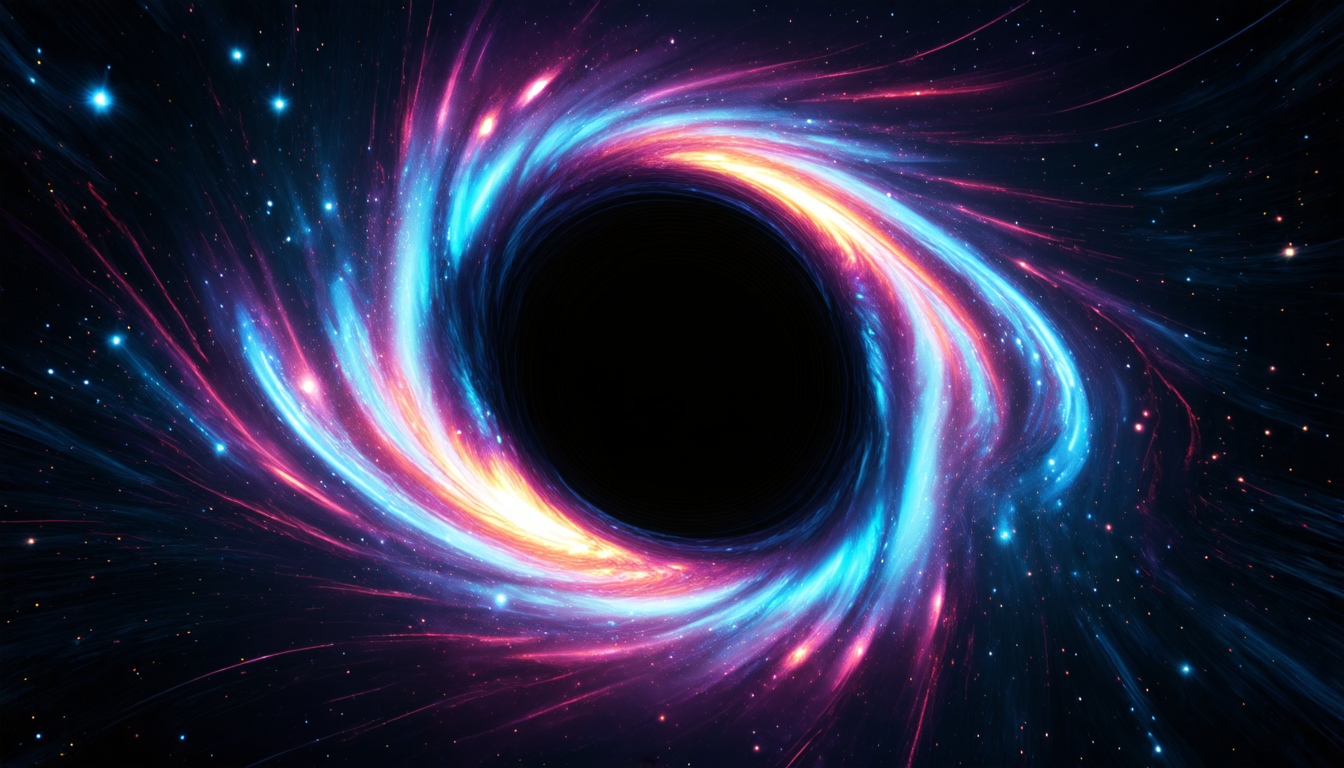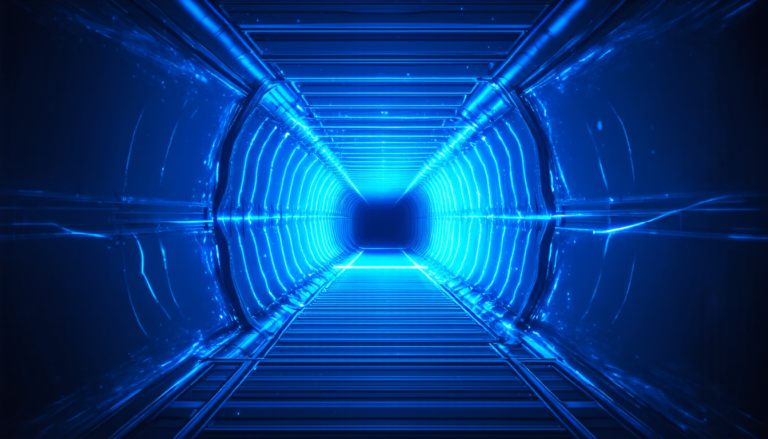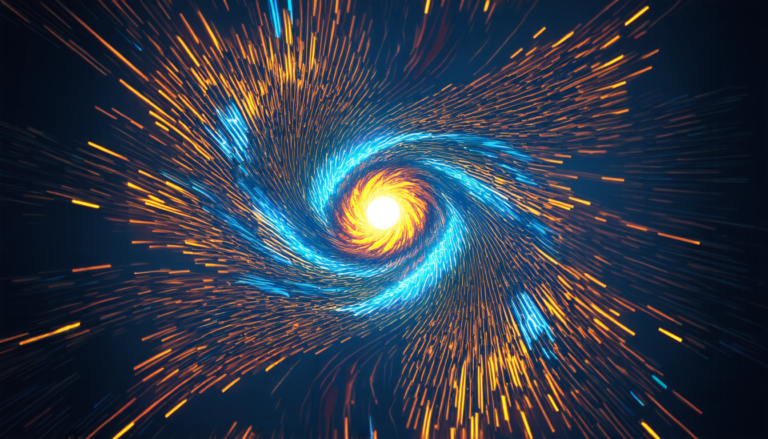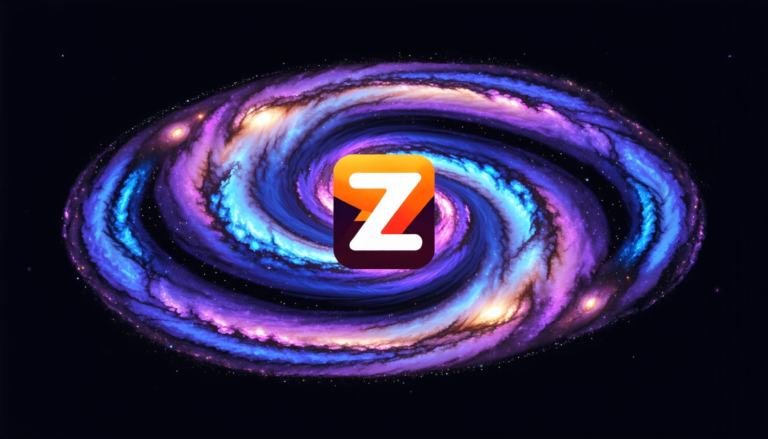Thursday 17 July 2025
A team of physicists has made a significant breakthrough in understanding the behavior of black holes, those mysterious regions of spacetime where gravity is so strong that nothing, not even light, can escape once it falls within their grasp.
Black holes are formed when a massive star collapses under its own gravity, causing an intense gravitational pull that warps the fabric of spacetime around it. The resulting vortex pulls in everything nearby, including matter and energy, which gets stretched and squeezed to incredibly high densities before being consumed by the singularity at the black hole’s center.
One of the most fascinating aspects of black holes is their connection to the fundamental forces of nature. According to Einstein’s theory of general relativity, gravity is not a force that acts between objects, but rather the curvature of spacetime caused by massive objects like stars and planets. Black holes take this idea to its logical extreme, where the gravitational pull becomes so strong that it warps spacetime in ways that defy our everyday experience.
The latest research has focused on a specific type of black hole known as a charged black hole. These black holes are thought to have formed when a massive star collapsed with an electric charge, which has since been lost due to interactions with its surroundings. Despite their relatively simple composition, charged black holes exhibit some remarkably complex behavior, including the ability to emit radiation and even interact with other objects in spacetime.
One of the key findings of this research is that charged black holes can have multiple horizons, regions of spacetime where gravity becomes so strong that nothing can escape once it crosses. This is unlike uncharged black holes, which only have a single horizon. The presence of multiple horizons has significant implications for our understanding of how black holes interact with their surroundings and how they evolve over time.
Another intriguing aspect of charged black holes is the way they emit radiation. Unlike ordinary stars, which shine due to nuclear reactions in their cores, charged black holes emit radiation as a result of quantum effects near their event horizons. This radiation is known as Hawking radiation, named after the physicist who first proposed its existence.
Hawking radiation has far-reaching implications for our understanding of spacetime and the behavior of black holes. It suggests that even in the presence of an intense gravitational field, the laws of thermodynamics still apply, and that black holes are not eternal but rather have a finite lifetime.
Cite this article: “Unraveling the Mysteries of Charged Black Holes”, The Science Archive, 2025.
Black Holes, Gravity, Spacetime, Einstein, General Relativity, Charged Black Holes, Radiation, Hawking Radiation, Thermodynamics, Singularity







